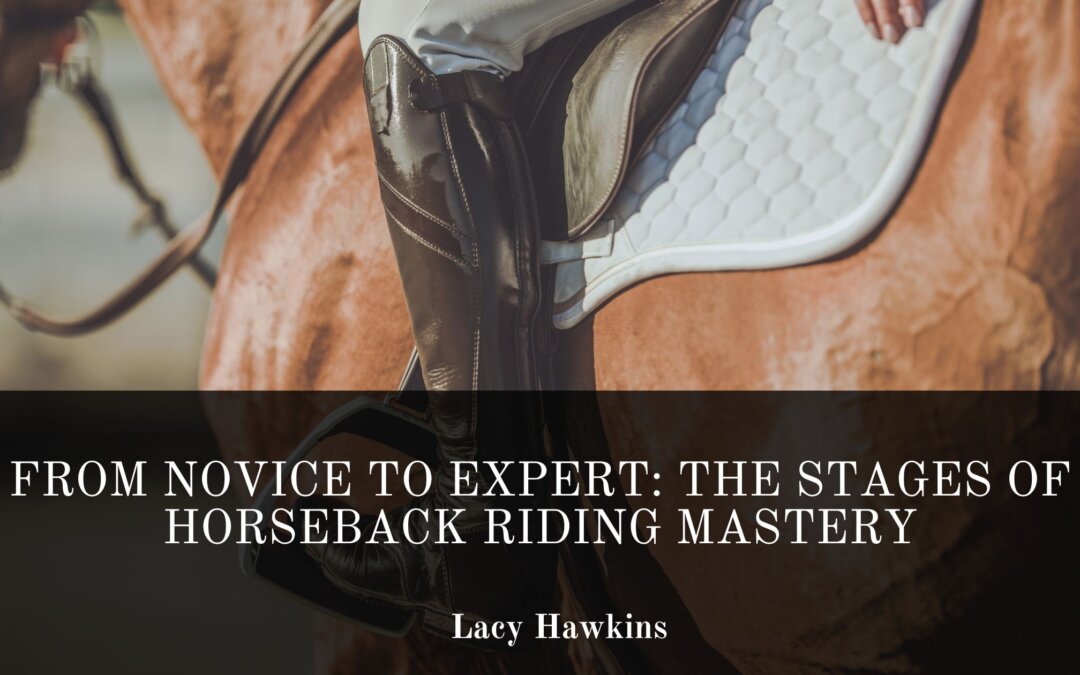Horseback riding is a journey that requires patience, practice, and a deep understanding of both technique and horse behavior. While every rider progresses at their own pace, the path to mastery typically follows a series of stages, each with its own challenges and milestones. Understanding these stages can help riders set realistic goals, track progress, and build confidence in the saddle.
Stage 1: The Novice Rider – Learning the Basics
At the novice stage, riders are just beginning to develop a relationship with horses and learn fundamental riding skills. The focus is on building a solid foundation in safety, posture, and control.
Key Skills Developed:
- Mounting and dismounting safely
- Understanding basic horse behavior and care
- Learning how to hold and use the reins properly
- Developing balance and posture at the walk
- Practicing simple transitions between walk and trot
Common challenges at this stage include overcoming fear, learning to relax in the saddle, and developing the muscle memory needed to maintain balance. Novice riders often rely heavily on their instructors for guidance and corrections.
Stage 2: The Intermediate Rider – Gaining Confidence and Control
Once a rider is comfortable with the basics, they move into the intermediate stage, where they refine their skills and gain greater control over the horse. Riders at this level start to develop a deeper understanding of how their movements influence the horse’s behavior.
Key Skills Developed:
- Mastering the trot (both sitting and posting)
- Learning to canter with confidence
- Improving rein control and leg aids for better communication
- Beginning to ride without relying on the reins for balance
- Understanding different horse gaits and movements
At this stage, riders often start experimenting with different riding disciplines, such as dressage, jumping, or trail riding. They may also begin riding different horses to develop adaptability.
Stage 3: The Advanced Rider – Refining Technique and Precision
Advanced riders have a strong foundation and can handle a variety of horses and riding situations. They focus on refining their technique, improving communication with the horse, and developing a deeper sense of feel and timing.
Key Skills Developed:
- Executing precise transitions between gaits
- Riding with an independent seat and hands
- Developing collection and extension in the horse’s movement
- Navigating more challenging riding exercises (such as lateral movements or small jumps)
- Understanding the nuances of horse training and conditioning
At this level, riders become more independent in their training and decision-making. They often work with trainers to polish their skills and push themselves to new levels.
Stage 4: The Expert Rider – Mastery and Leadership
Expert riders have complete control over their movements and a deep understanding of horse behavior and training. Many experts become trainers, competitors, or instructors, passing their knowledge to the next generation of riders.
Key Skills Developed:
- Fine-tuning a horse’s performance for competition or advanced training
- Understanding biomechanics and horse psychology
- Training young or green horses
- Competing at high levels in equestrian sports
- Teaching and mentoring less experienced riders
At this stage, riders are not just skilled—they are also leaders in the equestrian world, able to adapt to any horse and situation with confidence.
Conclusion
Horseback riding mastery is a lifelong journey. Each stage brings new challenges and rewards, and the most accomplished riders never stop learning. Whether you’re just starting out or striving for expert-level skills, the key is patience, dedication, and a genuine love for the horse.
